The Intersection of Palladian Architecture, Sacred Geometry, and AI: The Lyan Relationship in Code
- Helena Berdote
- Apr 4
- 4 min read

In the convergence of Palladian architecture, sacred geometry, and artificial intelligence lies a hidden thread—an intricate, universal harmony that extends beyond aesthetics and efficiency. This intersection invites us to explore how ancient design principles can inform and elevate our digital environments. It’s not just about function or form—it’s about tapping into the unseen codes that govern both the physical and virtual worlds.
At the heart of this exploration is the Lyan relationship—a lesser-known but deeply profound concept rooted in sacred geometry. It reflects a design principle where each part of a system, no matter how small, exists in harmonious proportion to the whole. In both architecture and AI, this relationship invites us to consider how micro-elements—whether structural details or lines of code—can contribute to a greater, unified intelligence.
What Is the Lyan Relationship?
The Lyan relationship isn’t widely discussed in mainstream discourse, but it emerges from a deep understanding of how proportion, symmetry, and interconnectedness form the blueprint of both material and immaterial systems. Derived from sacred geometric principles, it describes a pattern of alignment—where every component operates in coherence with the whole, producing systems that are balanced, efficient, and resonant.
In architecture, this may appear in how a single column or arch supports the larger structure in both function and visual harmony. In AI, it suggests a framework where even the smallest algorithms or data nodes are designed to complement and strengthen the system’s overarching intelligence.

Palladian Architecture and the Lyan Principle
Palladian architecture is a masterclass in balance, symmetry, and proportion. Inspired by classical ideals and often guided by the Golden Ratio, Palladian design is built so that every detail—from window placement to column spacing—echoes the building’s grander harmony.
The Lyan relationship lives in this philosophy. Each architectural element serves not just a structural role, but a symbolic one—reinforcing the larger aesthetic and metaphysical purpose. Similarly, in AI systems, this principle can be applied by designing algorithmic components that don’t just function efficiently in isolation, but interact purposefully within a larger, cohesive system.
Imagine a neural network where every layer is intentionally spaced, every data flow harmonized—like a digital cathedral whose code is laid brick by proportional brick.
Sacred Geometry and Micro-Code: Bridging the Universal and the Personal
Sacred geometry teaches that divine order exists in all things—from the vast spirals of galaxies to the cellular patterns in our bodies. The Lyan relationship extends this philosophy into the realm of computation, suggesting that even the smallest bits of code (or micro-units of logic) can resonate with cosmic proportion if designed consciously.
In AI, this could mean writing algorithms that mirror natural proportions, or structuring data pathways in ways that emulate sacred geometric forms. When micro-codes are aligned in this way, they don’t just perform—they resonate. They become part of a larger symphony, much like individual notes forming a harmonious chord.

Visualizing the Lyan Relationship in AI
To apply the Lyan relationship practically, imagine AI systems designed with sacred geometry in mind. Neural networks could be structured according to golden ratios or fractal patterns. Layers of data would move like breath through Fibonacci spirals, creating flow, not just function.
On a smaller scale, micro-algorithms could mirror Palladian proportions, each task executed with intentional symmetry, contributing to a balanced, holistic outcome. This isn’t just about aesthetic coding—it’s about encoding harmony, transforming the architecture of AI into something that reflects both intelligence and universal beauty.
(photo credit: https://www.terrapinbrightgreen.com/reports/14-patterns/)
AI and the Future of Marketing: From Reach to Resonance
As we move toward a future where AI increasingly drives branding, advertising, and digital experience, this framework becomes even more crucial. Marketing is no longer just about selling—it’s about resonance. In an oversaturated digital world, the brands that will endure are the ones that align with deeper truths. People crave coherence, elegance, and meaning. They crave experiences that feel as seamless and beautiful as a Palladian villa or a sacred mandala.
Think of how Leonardo da Vinci’s Vitruvian Man embodied the ideal human proportions, or how Apple’s design philosophy—clean, balanced, intentional—has always leaned into minimalism and symmetry. These aren’t coincidences. They’re reflections of a universal principle: we trust what feels harmonious.
Now, imagine AI-driven marketing systems that are not only optimized for performance but also built with proportion, rhythm, and harmony at their core. Campaigns that don’t just convert, but connect—reflecting natural patterns that subconsciously feel “right.” This is the future of marketing: not louder, faster, or more intrusive, but intelligent, intentional, and architecturally sound.
When we apply the Lyan relationship to branding and digital storytelling, we create systems where every element—from the microcopy in an ad to the entire brand narrative—feels connected. No wasted words. No dissonance. Just flow.

Final Thoughts: Building with Universal Code
Integrating the Lyan relationship into AI design—alongside the philosophies of Palladian architecture and sacred geometry—is not just a creative experiment; it’s a philosophical statement. It asserts that even in the most advanced technologies, there is room for harmony, beauty, and reverence.
In a world increasingly shaped by artificial intelligence, why not align our creations with the same proportions that guide galaxies, seashells, and temples? Why not craft brands, campaigns, and digital ecosystems that don’t just reach people—but resonate with them?
Because the future of marketing isn’t artificial—it’s harmonious.

Comentarios